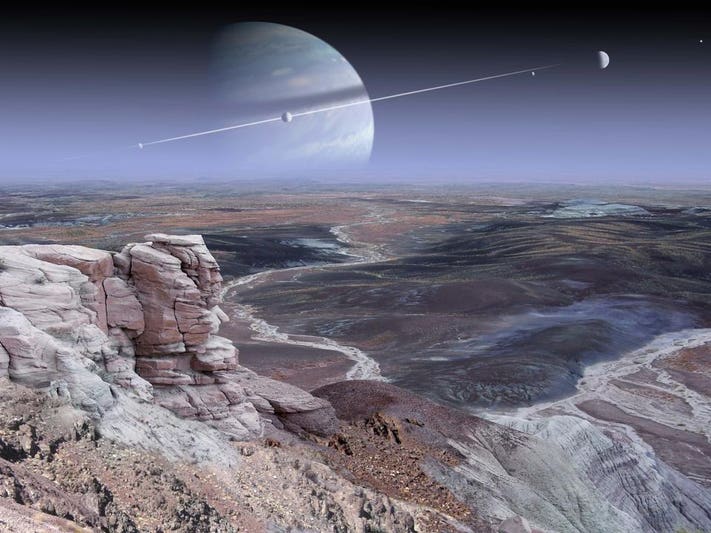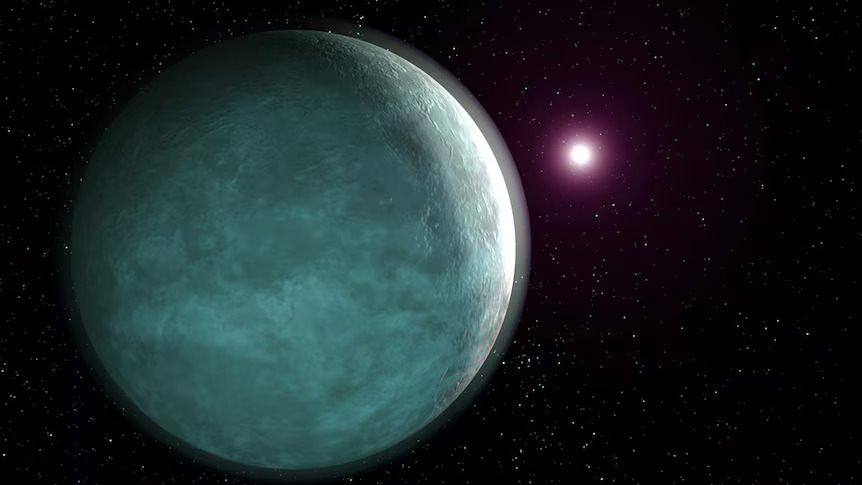Table of Contents
In the vast expanse of the cosmos, exoplanets, or extrasolar planets, offer a tantalizing glimpse into the diversity of planetary systems beyond our own. These alien worlds orbit stars outside our solar system, ranging from scorching gas giants to rocky terrestrial planets. In this article, we embark on a journey through the frontier of exoplanetary exploration, uncovering the methods used to detect these distant worlds, their unique characteristics, and the profound implications they hold for our understanding of the universe.
What are Exoplanets?
Exoplanets are planets that orbit stars other than our Sun. Since the discovery of the first confirmed exoplanet in 1992, astronomers have detected thousands of these distant worlds using various observational techniques. Exoplanets come in a wide range of sizes, compositions, and orbital configurations, offering invaluable insights into planetary formation and the prevalence of Earth-like worlds in the cosmos.
Methods of Exoplanet Detection:
- Transit Method:
– The transit method involves detecting the slight dimming of a star’s light when an exoplanet passes in front of it, or transits, as seen from Earth. By carefully monitoring changes in a star’s brightness over time, astronomers can infer the presence and properties of orbiting planets.
– NASA’s Kepler Space Telescope revolutionized exoplanet discovery using the transit method, identifying thousands of exoplanet candidates during its mission. - Radial Velocity Method:
– The radial velocity method relies on measuring tiny periodic shifts in a star’s spectral lines caused by the gravitational tug of an orbiting planet. As a planet orbits its host star, it exerts a gravitational pull that causes the star to wobble slightly.
– Ground-based observatories equipped with high-resolution spectrographs, such as the HARPS instrument at the La Silla Observatory in Chile, have been instrumental in detecting exoplanets using the radial velocity method. - Direct Imaging:
– Direct imaging involves capturing images of exoplanets directly, separate from the light of their host stars. This method is challenging due to the vast brightness contrast between stars and their much fainter orbiting planets.
– Advanced telescopes equipped with adaptive optics and coronagraphs, such as the Gemini Planet Imager and the European Southern Observatory’s Very Large Telescope, have achieved remarkable success in directly imaging exoplanets. - Gravitational Microlensing:
– Gravitational microlensing occurs when the gravitational field of a foreground object, such as a star, magnifies the light of a background star, acting as a natural lens. If a planet orbits the foreground star, it can produce additional gravitational effects, leading to detectable deviations in the light curve.
– Microlensing surveys, such as the Optical Gravitational Lensing Experiment (OGLE), monitor millions of stars to search for transient microlensing events caused by exoplanets and other objects.
Types of Exoplanets:
- Hot Jupiters:
– Hot Jupiters are gas giant exoplanets that orbit very close to their host stars, resulting in high temperatures and rapid orbital periods. These worlds challenge traditional theories of planetary formation and migration.
– Examples of hot Jupiters include HD 209458 b and WASP-12b, both of which orbit their stars at extremely close distances. - Super-Earths and Mini-Neptunes:
– Super-Earths are rocky exoplanets with masses greater than Earth’s but smaller than that of Neptune. They represent a diverse class of planets that may include both terrestrial and ocean worlds.
– Mini-Neptunes, on the other hand, are intermediate-sized exoplanets with rocky cores surrounded by thick atmospheres, similar to Neptune and Uranus in our solar system. - Earth-like Exoplanets:
– Earth-like exoplanets, also known as terrestrial planets, share similarities with Earth in terms of size, composition, and potential habitability. These worlds offer tantalizing targets in the search for extraterrestrial life.
– Proxima Centauri b, located in the habitable zone of the nearest star to the Sun, and Kepler-452b, dubbed “Earth’s cousin,” are among the most promising Earth-like exoplanet candidates discovered to date.
The Search for Habitable Worlds:
One of the primary goals of exoplanetary research is to identify potentially habitable worlds—planets capable of supporting liquid water and, by extension, life as we know it. The concept of the habitable zone, or Goldilocks zone, refers to the region around a star where conditions are just right for liquid water to exist on the surface of a planet.

Conclusion:
Exoplanetary exploration has transformed our understanding of the cosmos, revealing a diverse array of worlds beyond our solar system. From scorching gas giants to potentially habitable Earth-like planets, exoplanets offer a glimpse into the vast diversity of planetary systems that populate the universe. As astronomers continue to push the boundaries of exoplanetary research, each new discovery brings us closer to answering one of humanity’s most profound questions: Are we alone in the universe?

